In this tutorial, we will show you how to install ClickHouse on a CentOS 7 VPS, as well as demonstrate some things that you can do in ClickHouse.

- Column-oriented databases – Records in blocks grouped by columns instead of rows. This method is much faster than the traditional row-based system.
- Online Analytics Processing system – This systems allows for the organization of a large amount of data, as well as executing more complex queries.
Let’s get started with the installation.

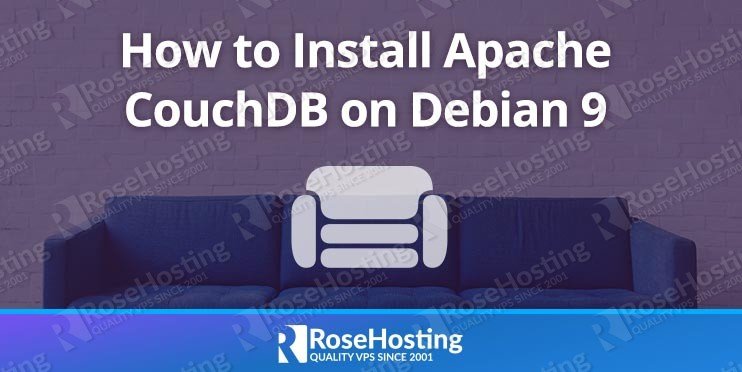
 is commonly used in mobile replication and synchronization devices as it does not lock the database files at the time of writing. CouchDB also comes with an easy-to-manage web-based administration console, and it supports trivial hot back-ups, a fault-tolerant engine, safeguarding user data, and much more. Let’s begin with the installation.
is commonly used in mobile replication and synchronization devices as it does not lock the database files at the time of writing. CouchDB also comes with an easy-to-manage web-based administration console, and it supports trivial hot back-ups, a fault-tolerant engine, safeguarding user data, and much more. Let’s begin with the installation.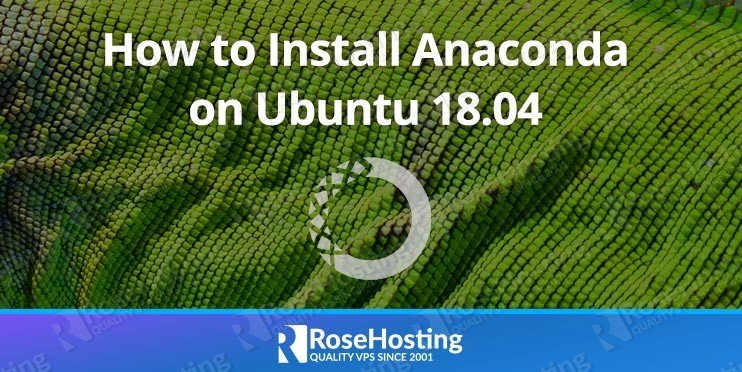
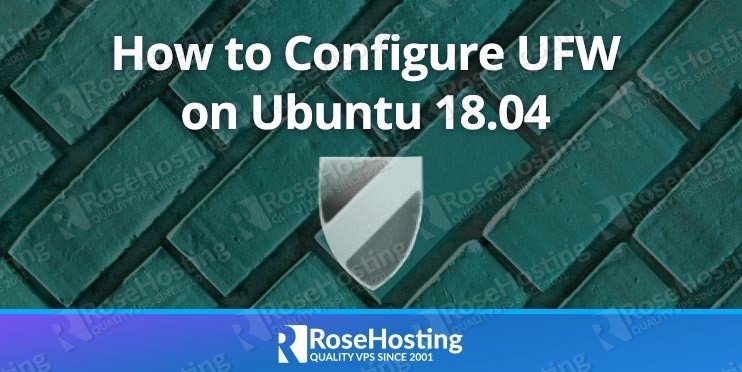
 If you are using Ubuntu 18.04 and want to secure your network without having to deal with learning how to use iptables, then UFW may be the appropriate solution you are looking for.
If you are using Ubuntu 18.04 and want to secure your network without having to deal with learning how to use iptables, then UFW may be the appropriate solution you are looking for.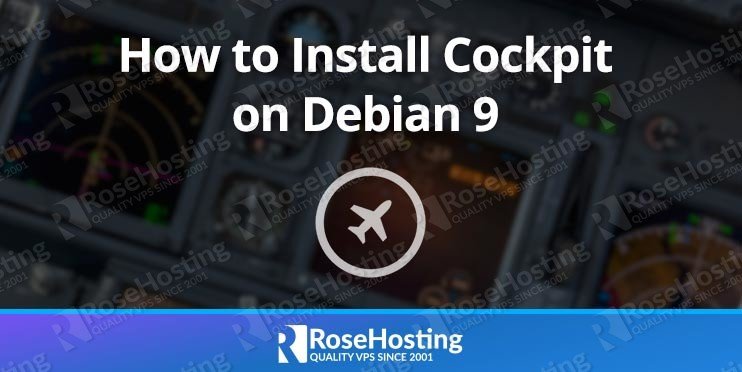
 Cockpit is a free and open-source lightweight and powerful remote manager for GNU/Linux servers. Cockpit allows you to easily and quickly manage and administer your Linux servers through an intuitive web interface – it even allows you to use the server’s command line inside of the browser itself! Let’s begin with the installation.
Cockpit is a free and open-source lightweight and powerful remote manager for GNU/Linux servers. Cockpit allows you to easily and quickly manage and administer your Linux servers through an intuitive web interface – it even allows you to use the server’s command line inside of the browser itself! Let’s begin with the installation.
 Lighttpd is a secure, open-source, fast, flexible and more optimized web server. Lighttpd has a high-speed infrastructure that allows for better performance with the same hardware when compared to other alternative web-servers. Lighttpd supports the FastCGI, SCGI and CGI interfaces and allows web applications that are written in any programming language to be used with the server.
Lighttpd is a secure, open-source, fast, flexible and more optimized web server. Lighttpd has a high-speed infrastructure that allows for better performance with the same hardware when compared to other alternative web-servers. Lighttpd supports the FastCGI, SCGI and CGI interfaces and allows web applications that are written in any programming language to be used with the server.
 Vanilla Forums is an open-source multi-lingual forum software written in PHP. It provides all of the features you need to run a successful forum. It’s easy to install and use, and it comes with lots of add-ons and themes to choose from. Let’s begin with the installation.
Vanilla Forums is an open-source multi-lingual forum software written in PHP. It provides all of the features you need to run a successful forum. It’s easy to install and use, and it comes with lots of add-ons and themes to choose from. Let’s begin with the installation.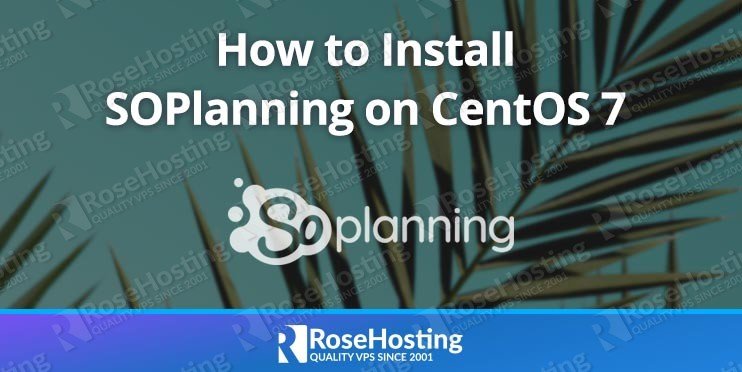
 SOPlanning is a simple open-source online planning tool designed to improve the visibility of as well as easily plan projects and tasks. This tool is very useful for any projects, small businesses, production plants, booking systems, vacation management, and much more. We can plan tasks by associating a person with a project. Let’s begin with the installation.
SOPlanning is a simple open-source online planning tool designed to improve the visibility of as well as easily plan projects and tasks. This tool is very useful for any projects, small businesses, production plants, booking systems, vacation management, and much more. We can plan tasks by associating a person with a project. Let’s begin with the installation.